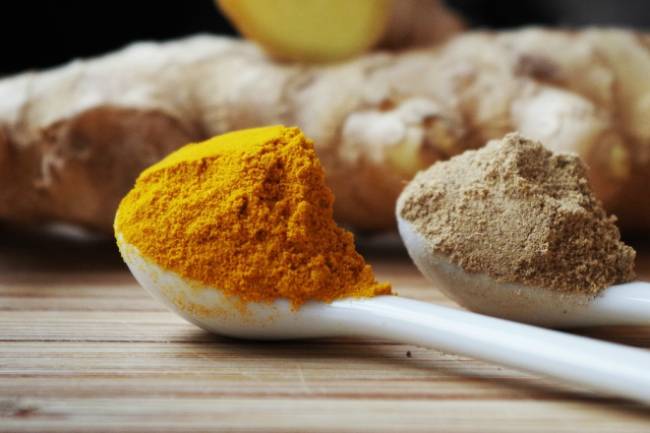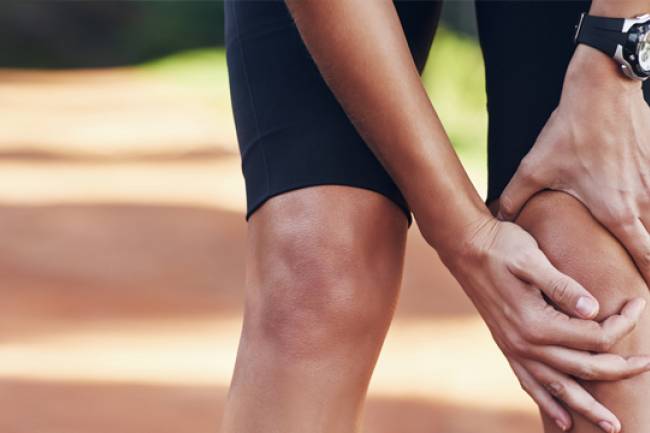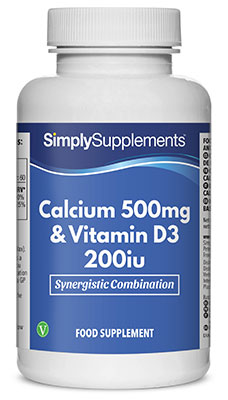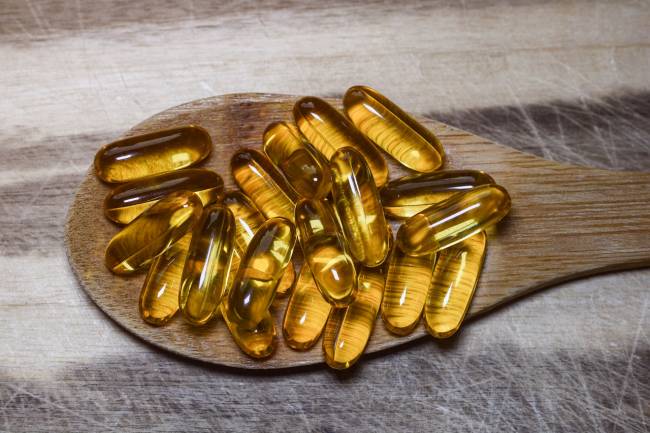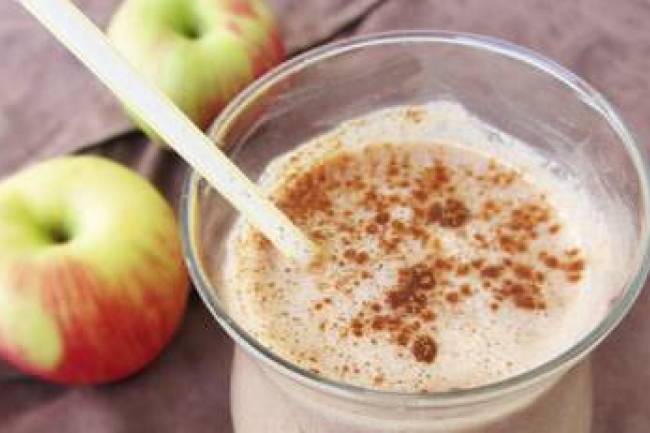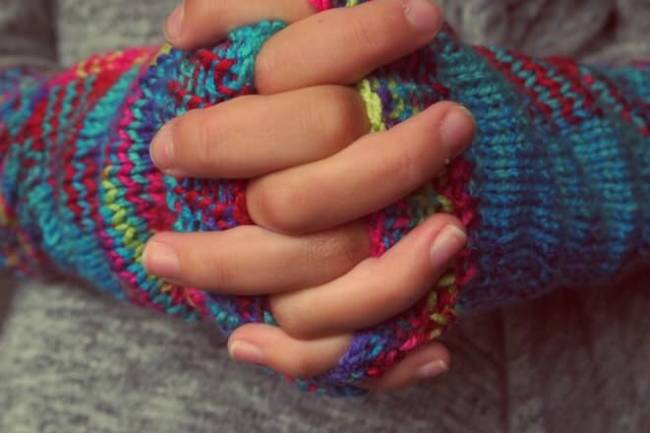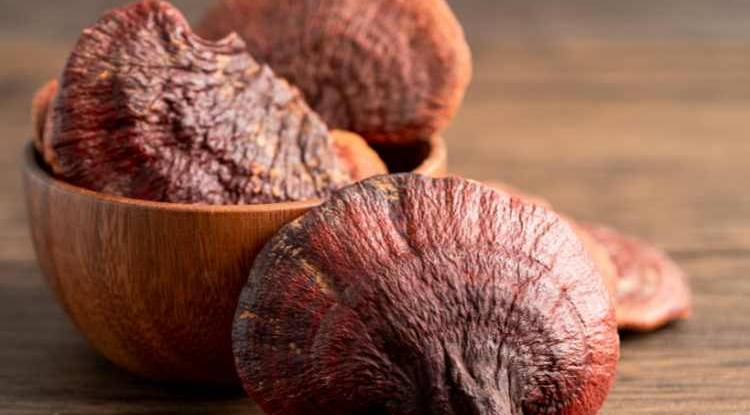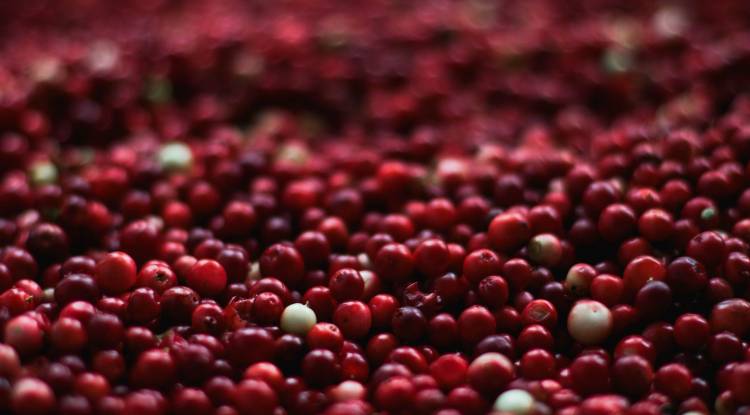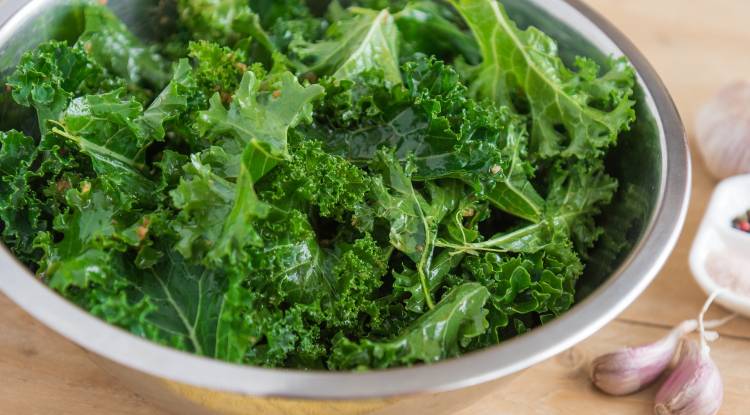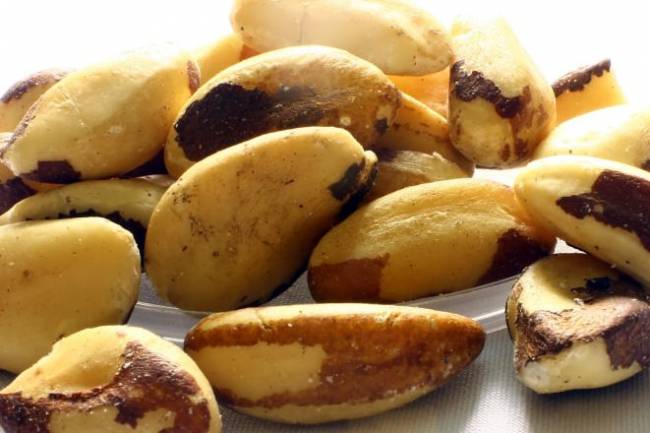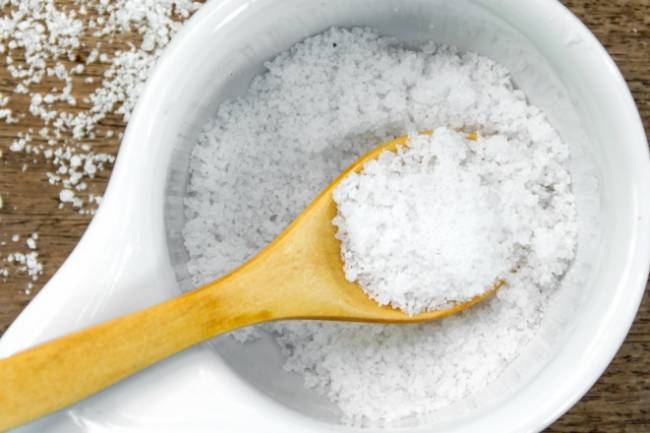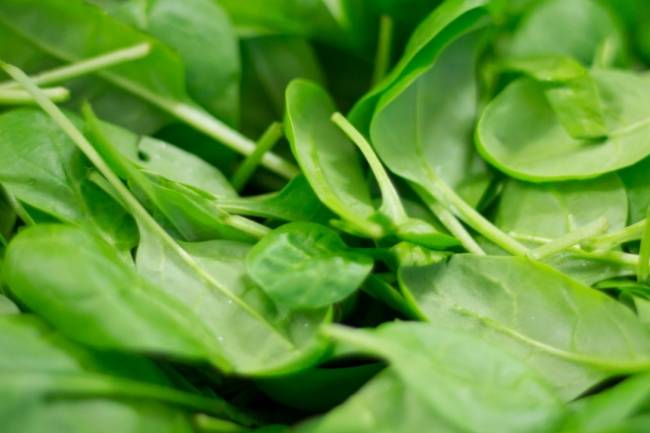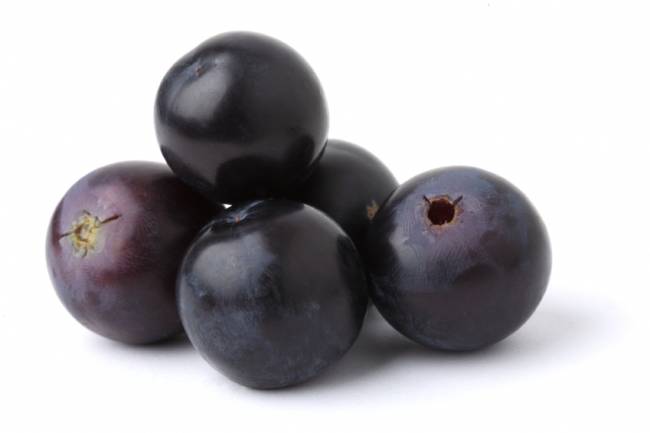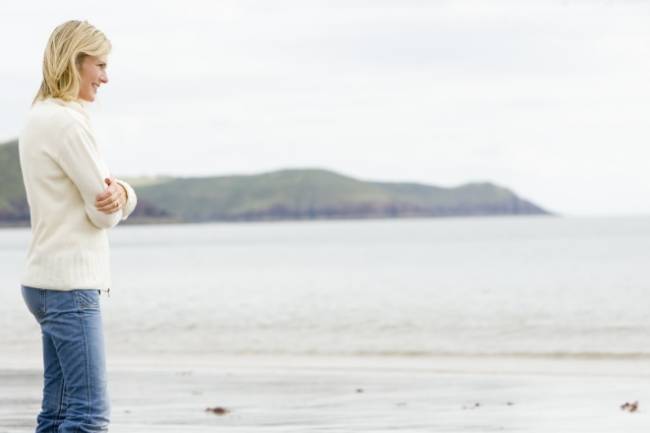Natural Treatment for Osteoporosis

Osteoporosis is a common condition where bones become thinner and weaker over time, making fractures more likely. Whilst these can potentially occur anywhere, the most common sites of fractures are the spine, hips and wrists. It has been suggested by experts that there are now over 200,000 fractures in the UK each year as a result of osteoporosis.
The evidence further suggests that patients that suffer from osteoporosis-related fractures are between two and five times more likely to suffer from additional fractures in the future. Osteoporosis can therefore be very serious condition indeed. Of course, while fractures themselves are unfortunate, it is also important to consider all the side-impacts that broken bones can have. In more severe cases, bone wasting can result in serious disability or long stays in hospital.
In some cases, fractures may even go undiagnosed, resulting in bones regrowing incorrectly, with the potential to cause permanent handicaps. Sadly, osteoporosis generally shows no easily recognisable symptoms. The first that many people know about their osteoporosis is when it is diagnosed after a broken bone. As the risk of contracting osteoporosis increases with age, it therefore makes sense to gain a full understanding of both the causes and some of the natural treatments for osteoporosis.
What Causes Osteoporosis?
The human skeleton may seem to be a permanent structure but nothing could be further from the truth. In reality two processes run concurrently; one breaks down the skeleton while the other rebuilds it. It is believed by experts that osteoporosis occurs most commonly where these two processes become “uncoupled”, and loss of bone mineral density outstrips the body's ability to rebuild it. The result is weaker, thinner bones that are at greater risk of damage.
Age
During the growth phase of our lives we build more bone than we break down. This process continues up until around the age of 30, when we reach a point known as “peak bone mass”. From this point onwards the rate of breakdown can increase, leading to weaker bones. In many cases, therefore, this is quite a natural process. It has been estimated that the vast majority of elderly individuals suffer from some measure of osteoporosis, though the severity can vary significantly, as can the age of onset.
Diet
The impacts of aging on the skeleton can often be worsened by poor diet. A study in Canada, for example, looked at nutritional intake of calcium - a critical mineral for the maintenance of a healthy skeleton. The study found that between 45% and 69% of the study participants consumed insufficient volumes of calcium, which is thought to worsen the problems of skeletal decline.
The Menopause
The hormonal changes after the menopause, including falls in oestrogen, can speed up the decrease in bone density, putting women at greater risk of developing osteoporosis. Consuming more natural oestrogens, such as the plant oestrogens found in soy, have been suggested to be helpful for prevention.
Lifestyle
Our lifestyle plays an essential role in supporting the growth of bones and maintaining their strength over the long term. As we age we may decrease the amount of exercise we do, yet physical activity levels are important as the bones respond by becoming stronger.
Smoking & Drinking
Whilst the exact causes are not yet clear, it seems that smoking and heavy drinking are both closely associated with the risk of fractures from osteoarthritis. One such study found that smokers experience significantly greater loss of bone mineral density than non-smokers. Interestingly, whilst ex-smokers do seem to experience some improvement, there is still a notable difference between ex-smokers and non-smokers.
Natural Treatment for Osteoporosis
A number of effective drugs have been developed in recent years for the treatment of osteoporosis. Consulting your medical practitioner should therefore always be your first port of call if you are worried about the effects of reduced bone density. At the same time, however, there are a number of more natural treatments which some experts believe can help in the fight against osteoporosis.
Calcium
Calcium is the most common mineral in the skeletal system. It should therefore be no surprise that ensuring your body has all the calcium it needs may prove beneficial. Higher intakes have been associated with increased bone mass and a reduced risk of fractures. In one scientific study it was found, for example, that calcium supplementation slowed the loss of bone density in menopausal women by between 30 and 50%.
Calcium-rich foods such as dairy, nuts, legumes and fortified bread and cereals can represent a great natural treatment for osteoporosis, while calcium supplements are also believed to help maintain healthy calcium levels in the body. It is recommended that adults get 700mg of calcium daily.
Vitamin D
Vitamin D is needed for the absorption of calcium from food, and these two nutrients in combination are the key to looking after your bones. During the winter months, it is difficult to make vitamin D due to reduced sunlight. In addition, as we age our ability to synthesise vitamin D in our skin reduces, increasing the risk of deficiency in older people. For this reason, the government recommends that we all supplement our diets with vitamin D as the hours of sunlight drop.
The concept of vitamin D supplementation may be even more relevant for individuals at risk of osteoporosis. One study, for example, found that 54% of individuals aged 50 or over had an inadequate intake of vitamin D. An investigation into osteoporosis-related fractures found that vitamin D deficiencies were common, and that in cases where supplementation was increased the odds of suffering further fractures fell by almost 50%.
Exercise
It is well known that the body responds positively to exercise, and just one benefit is that it can help to maintain bone density. Quite simply it seems that when the skeleton is put under regular pressure, the body invests extra effort into maintaining this supportive system.
A group of osteoporosis sufferers aged between 53 and 77 were encouraged to take gentle exercise on a regular basis, consisting of either brisk walking or low-impact gymnastics. The scientists then kept track of bone density in their spines. The results suggested that while exercise did indeed help to maintain bone density, this quickly declined once exercise ceased. The experts concluded that continued exercise over a long period of time is required to maintain bone mass.
Another group of scientists looked at the impact of exercise over the long term and found that weight bearing exercise helped to increase mineral density at peak bone mass. This, in turn, delayed the negative impact of osteoporosis simply because these individuals had more bone to lose before the impacts were experienced. Furthermore, they found that regular exercise helped to reduce the rate of loss when compared to more sedentary individuals.
Trace Minerals
A number of trace minerals are believed to play important roles in the maintenance of healthy bones. Scientists found that zinc levels in the body tend to be significantly lower in osteoporosis sufferers than the general public, and concluded that zinc deficiency may play a physiological role in bone maintenance. Other experts have highlighted that reduced bone growth is a common symptom in conditions associated with zinc deficiency, and therefore that zinc supplementation may represent a natural treatment for osteoporosis.
Magnesium is another element often associated with a healthy skeleton. It is notable for regulating the transport of calcium around the body, so like vitamin D may play a crucial role in maintaining the bones.
In light of this, scientists provided a group of menopausal women with magnesium supplements to assess the impact, and found that higher magnesium levels were associated with improved bone density and a lower prevalence of fractures. Unsurprisingly, there is some excitement about the possibility of magnesium supplementation as a potential treatment for the bone loss associated with osteoporosis.
Protein
Protein is vital for muscle strength and may help reduce the risk of falls. While excessively high intakes may potentially promote calcium loss from bones, this is unusual and many elderly people tend to struggle to get a sufficient protein intake to maintain muscle mass. Include a variety of protein sources in your diet, including meat, fish, dairy, pulses, soya, and nuts, and aim for a serving as part of each meal.
Phytoestrogens
It is believed that the reduced oestrogen levels experienced by women after the menopause has a part to play in the development of osteoporosis. At the same time, there is some evidence to suggest that treating these falling hormone levels may help to reduce the risks associated with weaker bones. While hormone replacement therapy (HRT) is the most common clinical recommendation, there are some potential risks associated with it. As a result, the medical community is experiencing renewed interest in more “natural” alternatives.
Phytoestrogens are naturally-occurring chemical compounds found in plants. They are so-named because they seem to mimic the activity of oestrogen in the body, and so may offer menopausal women with a healthier alternative to traditional HRT. One study that examined the impacts of phytoestrogens on the loss of bone mineral density concluded that the “replacements of oestrogens represents [an] effective therapy” for the symptoms associated with osteoporosis.
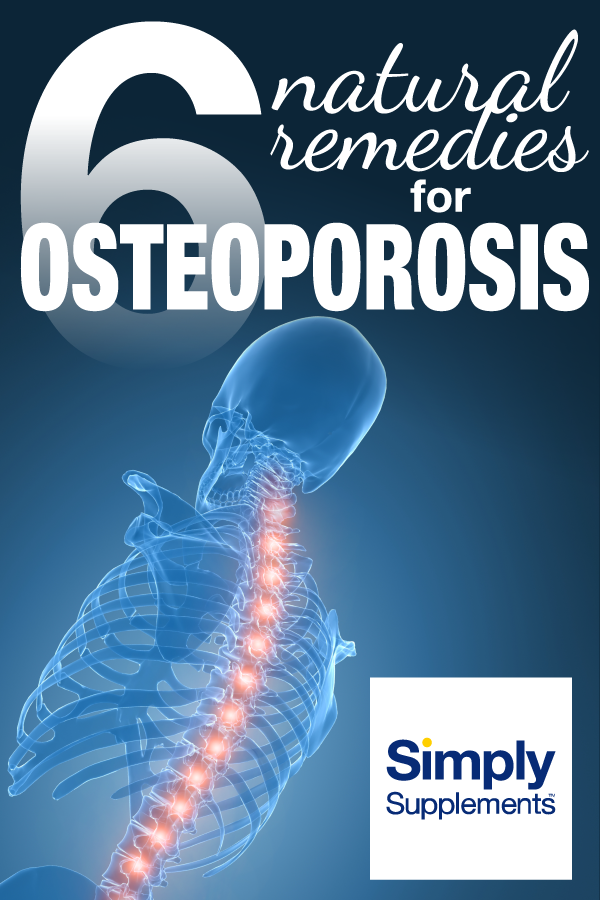
Sources:
http://www.ncbi.nlm.nih.gov/pubmed/22870487
http:// link.springer.com/article/10.1007/s00198-015-3288-6
http://www.bmj.com/content/351/bmj.h4580
http://europepmc.org/abstract/med/8625373
http://europepmc.org/abstract/med/8223093
http://www.amjmed.com/article/S0002-9343(03)00357-7/abstract
http://www.sciencedirect.com/science/article/pii/S0949265815333686
https://link.springer.com/article/10.1007/s00198-008-0650-y
https://search.proquest.com/openview/2160c7224e9777cbb1b80901e2f39dc9/1?pq-origsite=gscholar&cbl=46838
http://www.sciencedirect.com/science/article/pii/S0002962915418439
https://www.ncbi.nlm.nih.gov/pmc/articles/PMC1491904/
http://www.sciencedirect.com/science/article/pii/S0020138307001076
https://www.cambridge.org/core/journals/proceedings-of-the-nutrition-society/article/div-classtitleis-there-a-potential-therapeutic-value-of-copper-and-zinc-for-osteoporosisdiv/0277795CF8ED362320B829F620DEFA3E
http://onlinelibrary.wiley.com/doi/10.1111/j.1532-5415.1983.tb03400.x/full
http://onlinelibrary.wiley.com/doi/10.1002/(SICI)1520-670X(1998)11:2/3%3C119::AID-JTRA5%3E3.0.CO;2-3/abstract
https://academic.oup.com/nutritionreviews/article-abstract/53/3/71/1815191
https://link.springer.com/article/10.1007%2FBF01629578?LI=true

 Nicole
Nicole 